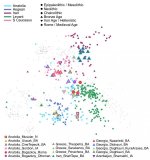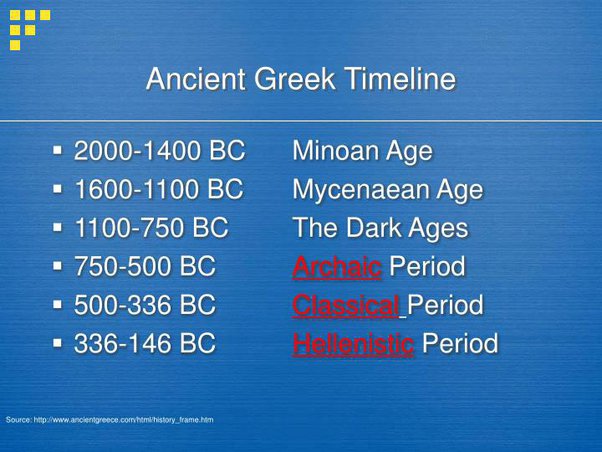Anfänger
Regular Member
- Messages
- 447
- Reaction score
- 351
- Points
- 63
- Ethnic group
- Iranian
- Y-DNA haplogroup
- R1b-Z2103
- mtDNA haplogroup
- U7a4
Genetic History of Anatolia during Holocene
Anatolia has been a key region in Eurasian history, acting as a bridge for cultural exchanges between Europe and Asia during the Holocene. However, the demographic transformation of Anatolian and neighbouring populations during these ten millennia is largely unknown. This work has two main research foci: 1) to investigate the role of gene flow in cultural interactions during the Neolithic period between Central Anatolian and Aegean communities and to evaluate the possibility of large-scale human movements during Neolithization of the Aegean, 2) to assess population continuity in Anatolia and its surrounding regions. For this aim, we produced 49 new ancient genomes and analysed this data in conjunction with published aDNA datasets. We first investigated whether early Aegean Neolithic populations were established by farmer colonization from Central Anatolia or by local hunter-gatherers. Our results showed that the Aegean Neolithic populations may have been descendants of local hunter-gatherers who adapted farming. We then tackled the question of how populations interacted in time and space from the Epipaleolithic period to the present-day. We found that genetic diversity within each region in Southwest Asia and East Mediterranean steadily increased through the Holocene. We further observed that the sources of gene flow shifted in time. In the first half of the Holocene, regional populations homogenised among themselves. Starting with the Bronze Age, however, they diverged from each other, driven most likely by gene flow from external sources. This expanding mobility in time was accompanied by growing male-bias in admixture events. This work sheds new light on fine-scale population structure in Anatolian demographic history, filling a gap in our understanding of the nature of prehistoric and historic population interactions, not only among Anatolian populations but also with their neighbouring societies.
Link:https://open.metu.edu.tr/handle/11511/99472


Anatolia has been a key region in Eurasian history, acting as a bridge for cultural exchanges between Europe and Asia during the Holocene. However, the demographic transformation of Anatolian and neighbouring populations during these ten millennia is largely unknown. This work has two main research foci: 1) to investigate the role of gene flow in cultural interactions during the Neolithic period between Central Anatolian and Aegean communities and to evaluate the possibility of large-scale human movements during Neolithization of the Aegean, 2) to assess population continuity in Anatolia and its surrounding regions. For this aim, we produced 49 new ancient genomes and analysed this data in conjunction with published aDNA datasets. We first investigated whether early Aegean Neolithic populations were established by farmer colonization from Central Anatolia or by local hunter-gatherers. Our results showed that the Aegean Neolithic populations may have been descendants of local hunter-gatherers who adapted farming. We then tackled the question of how populations interacted in time and space from the Epipaleolithic period to the present-day. We found that genetic diversity within each region in Southwest Asia and East Mediterranean steadily increased through the Holocene. We further observed that the sources of gene flow shifted in time. In the first half of the Holocene, regional populations homogenised among themselves. Starting with the Bronze Age, however, they diverged from each other, driven most likely by gene flow from external sources. This expanding mobility in time was accompanied by growing male-bias in admixture events. This work sheds new light on fine-scale population structure in Anatolian demographic history, filling a gap in our understanding of the nature of prehistoric and historic population interactions, not only among Anatolian populations but also with their neighbouring societies.
Link:https://open.metu.edu.tr/handle/11511/99472




